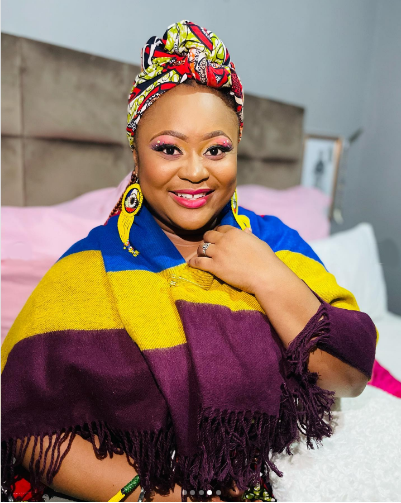
The Timeless Beauty of South African Traditional Dresses
South Africa is a country rich in cultural diversity, with a tapestry of ethnic groups, each contributing to the nation’s vibrant heritage. One of the most striking ways this diversity is expressed is through traditional dress. South African traditional dresses are more than just garments; they are symbols of identity, pride, and history. Each ethnic group in South Africa has its unique style, patterns, and colors that tell a story of tradition, heritage, and values passed down through generations.
The Rainbow Nation’s Rich Tapestry of Traditional Dresses
South Africa is often referred to as the “Rainbow Nation,” a term that reflects the country’s multicultural diversity. This diversity is vividly displayed in the variety of traditional dresses worn by the different ethnic groups across the nation. From the colorful beadwork of the Zulu to the intricately patterned Shweshwe fabrics of the Xhosa, each group’s attire is a reflection of its cultural identity.
1. Zulu Traditional Dresses
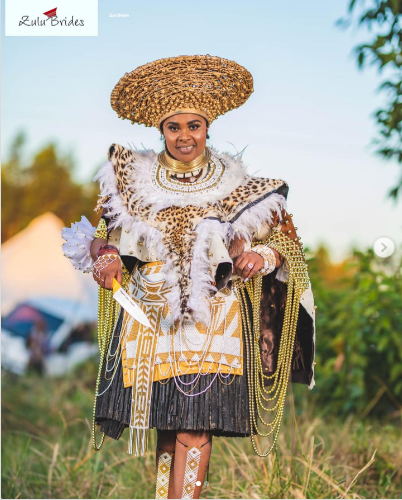
The Zulu people, one of South Africa’s largest ethnic groups, are known for their vibrant and bold traditional attire. Zulu women’s traditional dress includes the isicholo (a wide, flat hat), a beaded skirt called the isidwaba, and a beaded apron known as the inkehli. Beadwork is an essential element of Zulu attire, with each color and pattern holding specific meanings related to love, family, and community.
For men, the traditional outfit often includes the umqhele (a headband made of animal skin), the ibheshu (a leather apron worn around the waist), and the intelezi (protective charms worn on the body). Zulu traditional dresses are frequently seen during cultural ceremonies, weddings, and other significant events, symbolizing the wearer’s connection to their heritage.
2. Xhosa Traditional Dresses
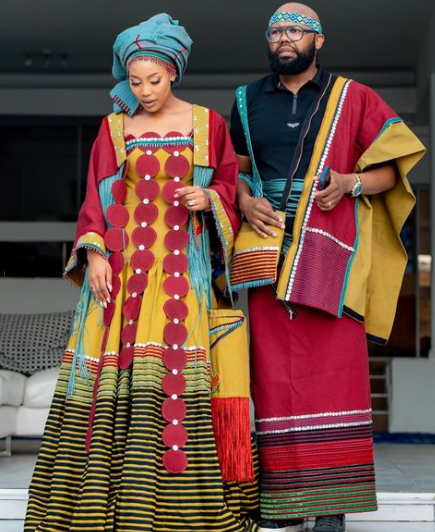
The Xhosa people are renowned for their elegant and sophisticated traditional dresses, particularly those made from Shweshwe fabric. Shweshwe is a printed cotton fabric known for its distinctive patterns and vibrant colors. Xhosa women typically wear a long skirt or dress, paired with a matching headscarf or shawl. The garments are often adorned with intricate beadwork and embroidery, which adds a touch of elegance to the overall look.
Xhosa men’s traditional attire includes the umngqa (a blanket worn over the shoulders) and ibhayi (a waist wrap). During important cultural events, such as weddings and initiations, Xhosa people proudly wear their traditional attire as a symbol of their cultural identity and pride.
3. Venda Traditional Dresses
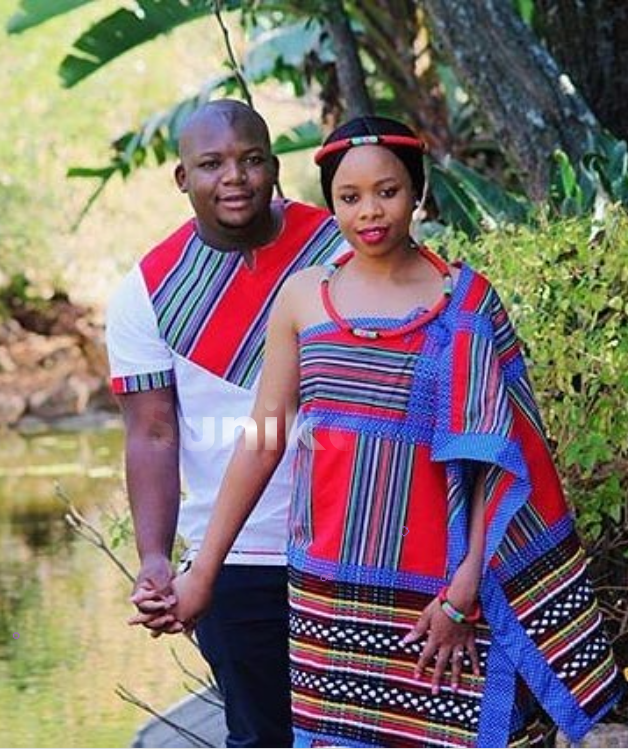
The Venda people, an ethnic group from the northern part of South Africa, are known for their colorful and vibrant traditional dresses. The minwenda is the traditional dress worn by Venda women, typically featuring bright stripes and bold colors like red, yellow, and green. These colors hold symbolic meanings, representing life, fertility, and prosperity.
Men in Venda culture often wear a wraparound cloth known as the minwenda or tsindi, accompanied by a shirt and sometimes a beaded collar or headband. Venda traditional attire is particularly prominent during ceremonies like weddings and the annual Domba dance, where it plays a crucial role in expressing cultural heritage.
4. Ndebele Traditional Dresses
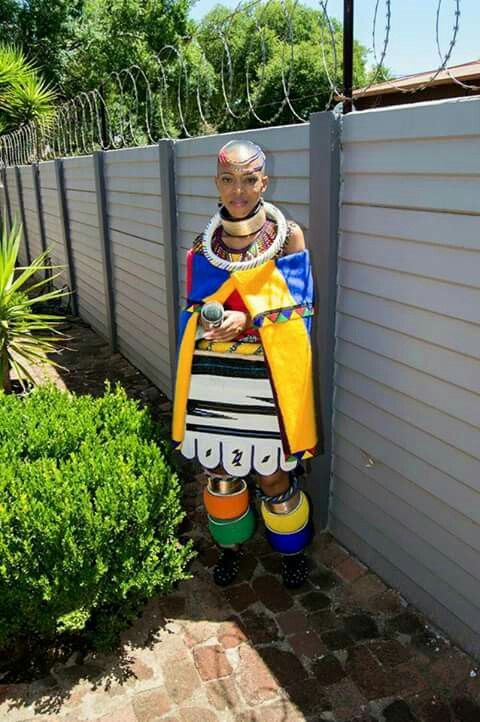
The Ndebele people are famous for their colorful and geometric beadwork, which is a defining feature of their traditional attire. Ndebele women’s traditional dress includes the isikhakha (a beaded apron) and the ijogolo (a beaded blanket worn over the shoulders). These garments are often adorned with colorful beads arranged in geometric patterns that symbolize various aspects of life, including fertility, marital status, and social standing.
Ndebele men’s attire is simpler but equally symbolic, often consisting of a blanket or wrap worn around the waist, with beaded accessories. The Ndebele are also known for their painted homes, which feature the same geometric patterns found in their beadwork, creating a harmonious blend of art, culture, and tradition.
5. Sotho Traditional Dresses
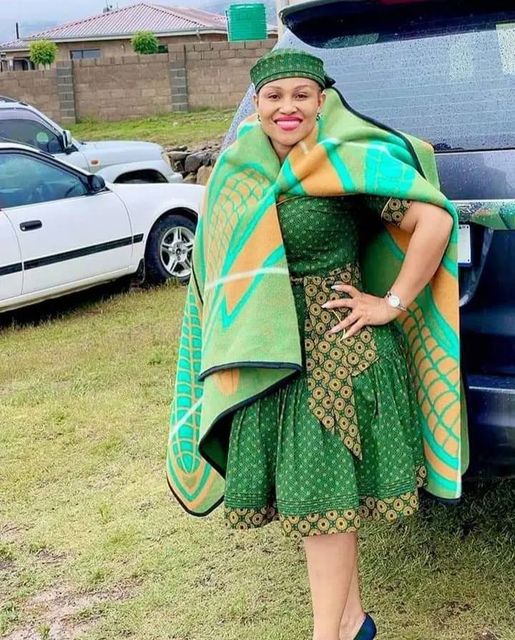
The Sotho people, including both the Basotho and the Northern Sotho (Pedi), have distinct traditional dresses that are rich in symbolism and history. The Basotho are known for the Basotho blanket, a woolen blanket worn as a shawl, which has become a cultural icon. These blankets are often decorated with patterns that hold specific meanings, such as fertility, wealth, or protection.
Sotho women often wear a traditional dress called the makoti, which includes a long skirt and a blouse, typically made from brightly colored or patterned fabrics. The outfit is usually complemented by a headscarf or hat. Sotho men may wear a similar blanket draped over their shoulders, along with a traditional hat known as the mokorotlo.
The Role of Traditional Dresses in Modern South Africa
In modern South Africa, traditional dresses have taken on new significance as symbols of cultural pride and national unity. While many people wear traditional attire during cultural ceremonies, weddings, and national holidays, these garments have also made their way into everyday fashion. Designers are increasingly incorporating traditional elements into contemporary fashion, creating garments that blend the old with the new.
This fusion of tradition and modernity allows South Africans to celebrate their diverse heritage while embracing the future. Whether worn for a special occasion or as part of everyday attire, South African traditional dresses continue to be a powerful expression of identity, history, and pride.
Conclusion
South African traditional dresses are a vibrant and essential part of the country’s cultural landscape. They represent the rich diversity of South Africa’s people and serve as a reminder of the deep-rooted traditions that have shaped the nation. As these dresses evolve to meet the demands of modern fashion, they remain a timeless symbol of the beauty and resilience of South African culture.
